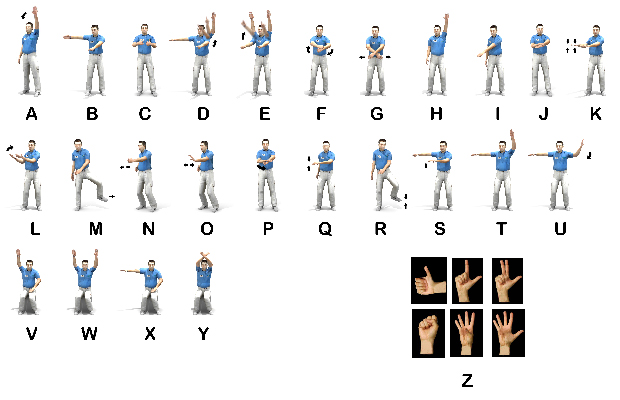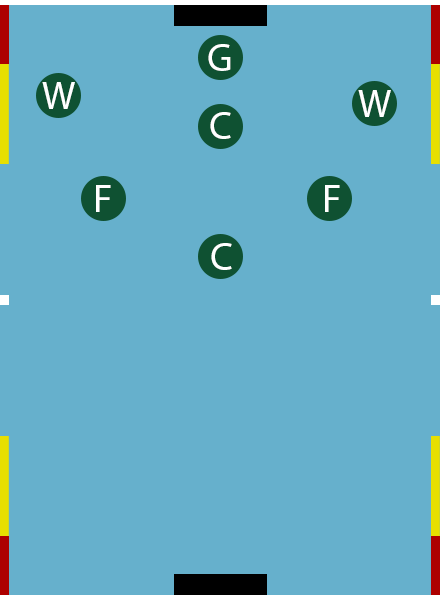Water Polo 101
If you are just starting out, you may have some misconceptions about what Water Polo is, and how to play the game. We hope that this quick introduction can help get you started with understanding the game and enjoying Water Polo!
History
Making its debut at the 1900 games, Water Polo is actually one of the oldest Olympic sports! Originally, players sat on floating barrels and hit the ball with mallets, causing people to think about Polo.
Team Composition
While the team can have many total players, the active members in the pool are comprised of six field players and one goalie. The six field player positions include the wings (passers), centers (forward and back), and flats (drivers). Field players can only control the ball with one hand. The goalie is the only player that is allowed to use both hands.
Gameplay
A match is comprised of 4 periods, or quarters. The length of each period can either be six or seven minutes, depending on varisty level or individual state rules. Once a team has posession of the ball, they have thirty seconds to make a goal attempt (aka the shot clock).
There are several zones for the pool in water polo, marked by their color. Starting from the goal line (white) there is the 2 meter line (red), the 5 meter line (yellow) and the center line (white). Offensive players are not allowed to swim inside the 2 meter line unless they have posession of the ball. Defensive fouls that occur inside the 5 meter line may result in a a penalty throw if it is determine the foul prevented a probably goal. Offensive players that are fouled outside the 5 meter line may pick the ball back up and immediately take a shot at the goal, otherwise inside the 5 meter they must pass the ball to another player.
Fouls
Players can be fouled for a multitude of reasons. Some common minor fouls are:
- Impediment of free movement of a player
- Too much time taken before a free throw
- Wasting time (ie, throwing the ball to an empty section of the pool and swimming away)
- Holding the ball under water
- Touching the ball with two hands (does not apply to the goalie)
- Feet touching the bottom of the pool
- Throwing the ball ouf of the playing field
- The shot clock runs out
- The goalie swims past the center line
Referee Hand Signals
Referees use various hand signals to indicate fouls or states of play. The following image from USA Water Polo show some of these:

- Fig. A The referee lowers the arm from a vertical position to signal (i) the start of the period (ii) to restart after a goal (iii) the taking of a penalty throw.
- Fig. B To point with one arm in the direction of the attack and to use the other arm to indicate the place where the ball is to be put into play at a free throw, goal throw or corner throw.
- Fig. C To signal a neutral throw. The referee points to the place where the neutral throw has been awarded, points both thumbs up and calls for the ball.
- Fig. D To signal the exclusion of a player. The referee points to the player and then moves the arm quickly towards the boundary of the field of play. The referee then signals the excluded player’s cap number so that it is visible to the field of play and the table.
- Fig. E To signal the simultaneous exclusion of two players. The referee points with both hands to the two players, signals their exclusion in accordance with Fig. D, and then immediately signals the players' cap numbers.
- Fig. F To signal the exclusion of a player for misconduct. The referee signals exclusion in accordance with Fig. D (or Fig. E if appropriate) and then rotates the hands round one another in such a way that is visible to both the field of play and the table in addition to issuing the player with a red card. The referee then signals the excluded player’s cap number to the table.
- Fig. G To signal the exclusion of a player with substitution after four (4) minutes. The referee signals exclusion in accordance with Fig. D (or Fig. E if appropriate) and then crosses the arms in such a way that is visible to both the field of play and the table in addition to issuing the player with a red card. The referee then signals the excluded player’s cap number to the table.
- Fig. H To signal the award of a penalty throw. The referee raises an arm with five fingers in the air. The referee then signals the offending player’s cap number to the table.
- Fig. I To signal that a goal has been scored. The referee signals by whistle and by immediately pointing to the centre of the field of play.
- Fig. J To indicate the exclusion foul of holding an opponent. The referee makes a motion holding the wrist of one hand with the other hand.
- Fig. K To indicate the exclusion foul of sinking an opponent. The referee makes a downward motion with both hands starting from a horizontal position.
- Fig. L To indicate the exclusion foul of pulling back an opponent. The referee makes a pulling motion with both hands vertically extended and pulling towards his body.
- Fig. M To indicate the exclusion foul of kicking an opponent. The referee makes a kicking movement.
- Fig. N To indicate the exclusion foul of striking an opponent. The referee makes a striking motion with a closed fist starting from a horizontal position.
- Fig. O To indicate the ordinary foul of pushing or pushing off from an opponent. The referee makes a pushing motion away from the body starting from a horizontal position.
- Fig. P To indicate the exclusion foul of impeding an opponent. The referee makes a crossing motion with one hand horizontally crossing the other.
- Fig. Q To indicate the ordinary foul of taking the ball under the water. The referee makes a downward motion with a hand starting from a horizontal position.
- Fig. R To indicate the ordinary foul of standing on the bottom of the pool. The referee raises and lowers one foot.
- Fig. S To indicate the ordinary foul of undue delay in the taking of a free throw, goal throw or corner throw. The referee raises a hand once or twice with the palm turned upwards.
- Fig. T To indicate a violation of the two-metre Rule. The referee indicates the number 2 by raising the fore and middle fingers in the air with the arm vertically extended.
- Fig. U To indicate the ordinary fouls of wasting time and the expiry of 30 seconds’ possession. The referee moves a hand in a circular motion two or three times.
- Fig. V By a goal judge to signal for the start of a period.
- Fig. W By a goal judge to signal an improper start, restart or improper re-entry of an excluded player or substitute.
- Fig. X By a goal judge to signal a goal throw or corner throw.
- Fig. Y By a goal judge to signal a goal.
- Fig. Z To indicate a player’s cap number. To enable the referee to communicate better with the players and the secretary, signals are made using both hands if appropriate where the number exceeds five. One hand shows five fingers with the other hand showing additional fingers to make up the sum of the player’s number. For the number ten, a clenched fist is shown. If the number exceeds ten, one hand is shown as a clenched fist with the other hand showing additional fingers to make up the sum of the player’s number.

Above, you can see the pool field of play with the goal line, 2 meter line, 5 meter line, and center line. Along with the 7 player positions: (G) Goalie, (W) Wings, (F) Flats, and (C) Centers.